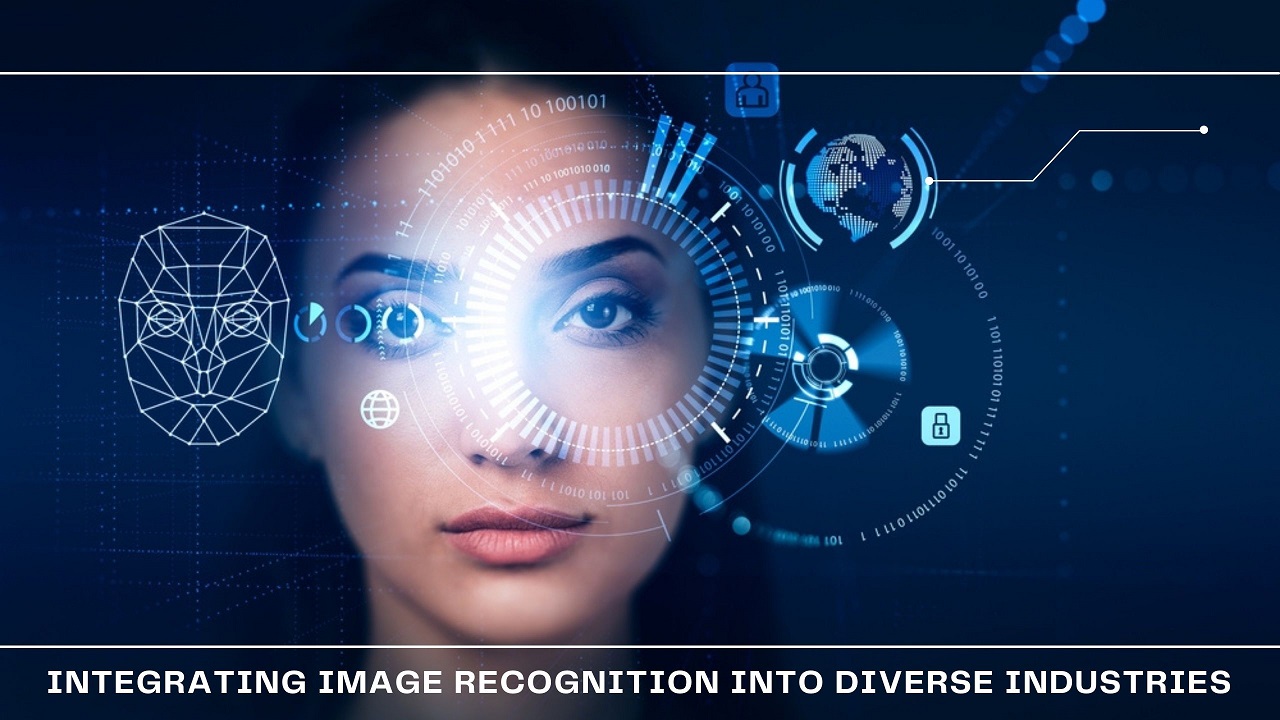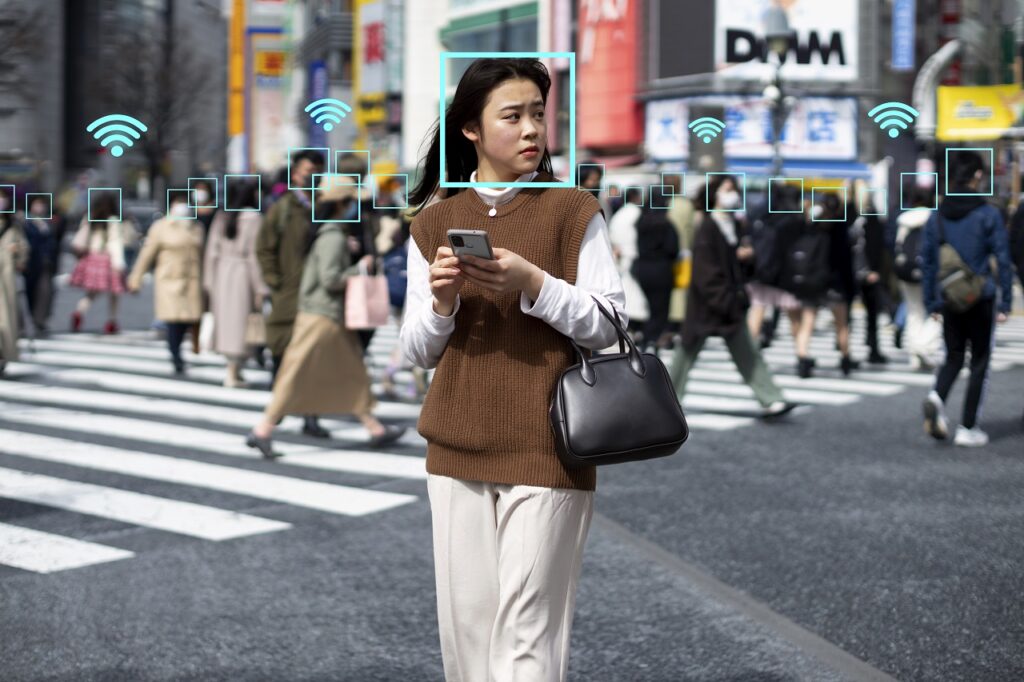
Last updated on : December 21st, 2023 by R Yadav
Today, image recognition stands out as a frontier teeming with potential. This powerful tool, powered by artificial intelligence and machine learning, is not just a fancy addition to our digital toolkit; it's a game changer carving out significant niches in various industries. But what does this integration look like, and more importantly, how does it alter the way these industries operate? Let’s find out.
In a nutshell, image recognition technology involves the identification and analysis of visual data. Using complex algorithms, these systems can detect and classify objects within images, making sense of visual data much like the human eye does, but at an exponentially faster rate. This capability provides a myriad of options across different sectors.

Some service providers proactively boost digital transformation with image recognition solutions - e.g., https://www.altamira.ai/artificial-intelligence/image-recognition-software-development/.
Image recognition technology offers transformative potential for improving business performance and operations across various industries. Here's how:
In retail and e-commerce industries, image recognition is a cornerstone for enhancing customer experience. Imagine entering a store where a camera instantly recognizes you, offering personalized shopping suggestions based on your previous purchases. Or consider an e-commerce platform where you can upload a photo of a desired item, and the system instantly provides you with similar products available for purchase. Isn't it remarkable how a simple concept can so significantly streamline and personalize our shopping experience? It definitely is.
The healthcare sector stands to gain immensely from image recognition. Diagnostic procedures, particularly those involving imaging like X-rays, MRIs, and CT scans, have become more accurate and swift. Image recognition algorithms can now detect anomalies that might escape the human eye. Could this be the dawn of a new era in early disease detection and prevention?
Security and surveillance have been dramatically improved with image recognition technology. Cameras equipped with this technology can now identify suspicious activities or individuals in real-time, enabling quicker responses to potential threats. In an age where security concerns are addressed with particular emphasis, isn't it vital to leverage every tool at our disposal?
Agriculture, often perceived as a traditional field, is also reaping the benefits of image recognition. Farmers now use drones equipped with cameras to monitor crop health, identify pest infestations, and even predict crop yields. This integration leads to more efficient farming practices, reduced waste, and potentially higher yields. Who would have thought that technology could have such a profound impact on such an age-old industry?
In the automotive sector, image recognition contributes significantly to the development of autonomous vehicles. These vehicles can navigate roads, recognize traffic signals, and detect potential hazards by processing real-time visual data. This advancement is not just about creating self-driving cars; it's about paving the way for safer, more efficient road travel.
As we reflect on the diverse applications of image recognition, it becomes obvious that we are seeing a shift in how industries operate and mature. Image recognition technology represents a real change in the way data is processed, decisions are made, and services are delivered. By surpassing traditional limitations and leveraging the power of visual data, image recognition is driving a brand-new understanding of innovation and efficiency.
Read Next: Exploring the Benefits of Partnering with European IT Firms for Banking System Development